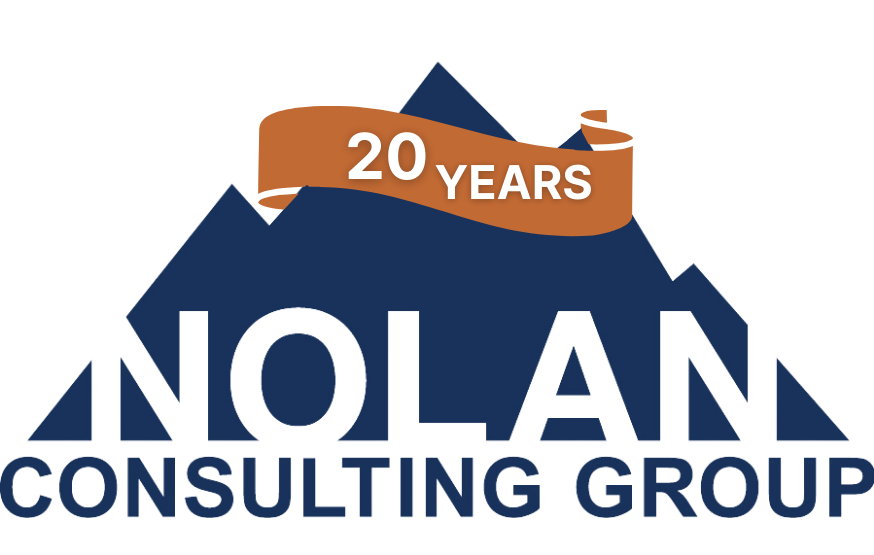Team Planning: Another Successful Planning Adventure

As I boarded a plane from Sacramento to Philadelphia on Friday night, on my way home from a successful planning retreat, I reflected on the planning teams I was a part of in January. I facilitated planning sessions for Fitzpatrick Painting in Albany, Oregon, and Brooks Painting in Davis, California. Below are some thoughts on what made them successful.
- Participants: The owners of the company involved their office teams in the planning process. This included office staff, sales, and field leadership. There was a full engagement in the process. The discussions were lively. Conversations were direct with each person thinking about the company’s success first.
- Location: We got away from the office and used a boardroom in a local hotel. There were no distractions.
- Vision: In both cases, I had spent time with the owners (Tim Fitzpatrick and Jeremy Brooks) working on their three-year visions. The planning meetings start out with the leader reading the desired future state. Winning was defined. Team members had a chance to provide input.
- Continuous Planning Process: We talked about planning as a system and a culture. The planning process is more important than the plan. A team must set direction and then continually analyze progress and recalibrate when off-target.
- Values: The teams reflected on how well the values were being lived in the company. In one session, the team rated their progress on living the values from 1-10. Low scores brought about lively conversation and action items.
- Budget Review: The teams reviewed 2017 revenue goals by month, revenue cookbooks, feet on the street needed, gross profit goals and net profit goals. What brought it alive was an assessment of the Critical Success Factors to make the budget reality. …. This also brought some items down to the action plan.
- SWOT: Using a flip chat we brainstormed the company’s strengths, weaknesses, opportunities, and threats. The weaknesses and threats are things that prevent us from hitting our vision. The opportunities are new external areas the company may want to focus on.
- Planning Discussion Items (PDIs): I like to mix in four or five PDIs, 30 minutes each, to make sure that deeper strategic discussions take place on topics that need to be vetted out (e.g. pay for performance, recruiting, expansion). These discussions inevitably lead to some action items.
- Workflow Review: With the team together, it’s a good time to review the workflow, from the first call to job costing. We identify low hanging fruit to fix and new technologies to integrate into the process.
- Big Rocks: These focus areas naturally fall out of the early discussions. The team identifies the major focus areas for the next year. These can include such things as Recruiting, Sales Management, Training, Community, and Field Management (to name a few). I like to write them on big rocks and keep them in the office to ensure that they are the company’s focus, and we keep our heads out of the sand.
- Action Items: At last… The discussion generates a couple of dozen action items that we categorize under the big rocks. We prioritized the action items using the multi-voting technique. We assigned owners and timelines.
The Teams leave the meeting with a united focus and common awareness of winning.
Next up… Developing personal goals that are in alignment with the plan and team accountability checks.
I reflect, this is why I love planning. Teams can accomplish great things and there are few feelings better than being part of a winning team
Discipline is remembering what you want.
All the best,
Brian Nolan
